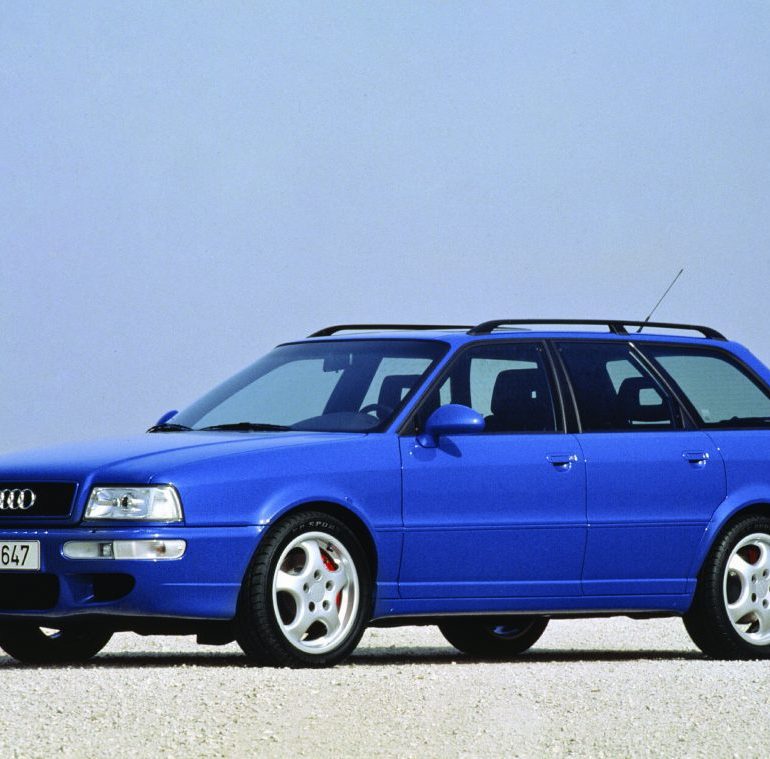While it is true that many supercar manufacturers, design houses, specialist parts makers, and the like are solo entities (in both literal and corporate terms), there have been some cars made over the years that bring together many of these entities to make something truly special. We’re not talking about just a few bits of data shared between the two (or three, or four), we’re meaning when they actually partnered to have both their names represented on one car because it was such a marvel of technology, engineering, or just sheer will that made it happen.
Some of these are pretty apparent, while some have been long lasting and quite famous for it. While we won’t be going into every partnership that has ever happened, we will be focusing on six big ones that have made the supercar and hypercar world just a really nice place to be.




